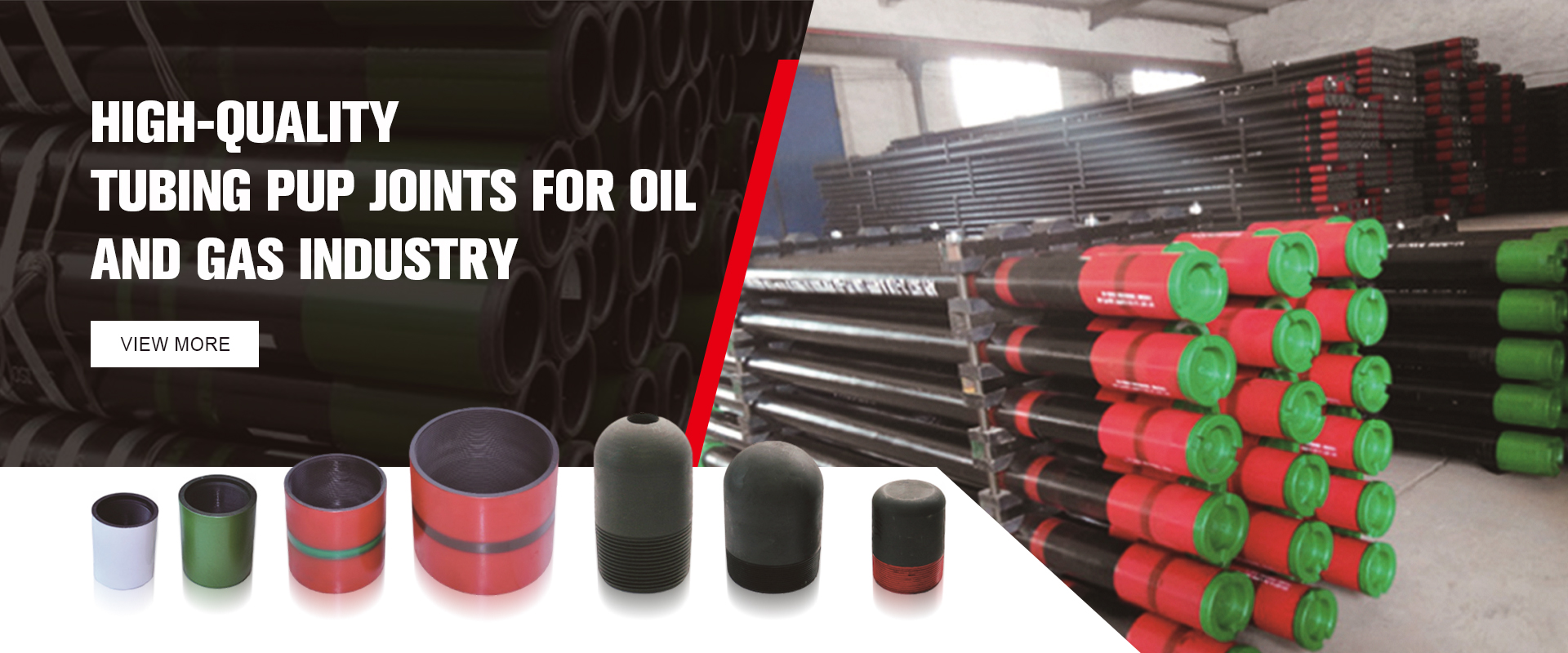- Afrikaans
- Albanian
- Amharic
- Arabic
- Armenian
- Azerbaijani
- Basque
- Belarusian
- Bengali
- Bosnian
- Bulgarian
- Catalan
- Cebuano
- Corsican
- Croatian
- Czech
- Danish
- Dutch
- English
- Esperanto
- Estonian
- Finnish
- French
- Frisian
- Galician
- Georgian
- German
- Greek
- Gujarati
- Haitian Creole
- hausa
- hawaiian
- Hebrew
- Hindi
- Miao
- Hungarian
- Icelandic
- igbo
- Indonesian
- irish
- Italian
- Japanese
- Javanese
- Kannada
- kazakh
- Khmer
- Rwandese
- Korean
- Kurdish
- Kyrgyz
- Lao
- Latin
- Latvian
- Lithuanian
- Luxembourgish
- Macedonian
- Malgashi
- Malay
- Malayalam
- Maltese
- Maori
- Marathi
- Mongolian
- Myanmar
- Nepali
- Norwegian
- Norwegian
- Occitan
- Pashto
- Persian
- Polish
- Portuguese
- Punjabi
- Romanian
- Russian
- Samoan
- Scottish Gaelic
- Serbian
- Sesotho
- Shona
- Sindhi
- Sinhala
- Slovak
- Slovenian
- Somali
- Spanish
- Sundanese
- Swahili
- Swedish
- Tagalog
- Tajik
- Tamil
- Tatar
- Telugu
- Thai
- Turkish
- Turkmen
- Ukrainian
- Urdu
- Uighur
- Uzbek
- Vietnamese
- Welsh
- Bantu
- Yiddish
- Yoruba
- Zulu
Understanding the Key Distinctions Between Casing and Tubing in Oil and Gas Operations
Differences Between Casing and Tubing in Oil and Gas Operations
In the oil and gas industry, the terms casing and tubing refer to essential components of the drilling and production process. While both play vital roles in the extraction of hydrocarbons from the earth, they serve distinct purposes and are designed differently. Understanding the differences between casing and tubing is crucial for anyone involved in petroleum engineering, drilling, or production operations.
Casing The Structural Backbone
Casing is the series of steel pipes that are installed in the borehole after drilling. Its primary purpose is to stabilize the wellbore, prevent collapse, and isolate different geological formations. The casing also protects groundwater resources from contamination by hydrocarbons and other substances that may be present in the well.
Casing is installed in sections, each bolted together to create a continuous pipe that extends from the surface to the depth of the well. The installation process includes cementing, where cement is pumped down the casing and up the annular space between the casing and the wellbore. This cementing process is essential because it creates a barrier that seals various formations and helps to maintain pressure within the well.
There are several types of casing, including surface casing, intermediate casing, and production casing, each serving different roles as the well is drilled deeper. Surface casing typically extends from the ground surface to a pre-defined depth to protect shallow aquifers. Intermediate casing is used for deeper sections where additional strength and stability are needed, while production casing is installed to the depth of the production zone and is used during the extraction of oil or gas.
Tubing The Production Pipeline
In contrast to casing, tubing refers to the smaller-diameter pipes installed inside the casing to transport oil and gas from the reservoir to the surface. Tubing allows for the controlled flow of produced fluids and provides a path for the extraction of hydrocarbons. Unlike casing, which is static and serves as a structural component, tubing is dynamic and can be replaced or cleaned without disturbing the entire well.
what are the differences between casing and tubing?

The design of tubing is crucial for the efficiency of oil and gas production. Tubing comes in various sizes and wall thicknesses, specifically engineered to withstand the pressure and corrosive conditions present in the well. The choice of tubing material is also important, as it must be able to endure the rigors of the production environment, including temperature changes, pressure fluctuations, and chemical interactions with produced fluids.
Unlike casing, which is installed during the drilling phase, tubing is placed in the well after the casing has been cemented and the well has been completed. The tubing string is equipped with various accessories, such as packers and valves, which help control the flow of fluids and manage pressure within the well.
Key Differences
In summary, the fundamental differences between casing and tubing can be categorized based on their purpose, installation process, and design
1. Purpose Casing stabilizes the wellbore and isolates different formations, whereas tubing transports produced fluids from the reservoir to the surface. 2. Installation Casing is installed during drilling and then cemented in place, while tubing is inserted into the casing after cementing and has a more fluid nature.
3. Design Casing is thicker and designed for structural integrity, while tubing is typically thinner and designed for ease of flow and adaptability during production.
In conclusion, both casing and tubing are critical components of oil and gas wells, each serving unique functions that contribute to the safe and efficient extraction of hydrocarbons. Understanding their differences helps in optimizing the drilling and production process, ensuring both operational efficiency and environmental protection. As technology advances, innovations in materials and design continue to enhance the performance and longevity of both casing and tubing systems, making them integral to the future of the industry.
-
Tubing Pup Joints: Essential Components for Oil and Gas OperationsNewsJul.10,2025
-
Pup Joints: Essential Components for Reliable Drilling OperationsNewsJul.10,2025
-
Pipe Couplings: Connecting Your World EfficientlyNewsJul.10,2025
-
Mastering Oilfield Operations with Quality Tubing and CasingNewsJul.10,2025
-
High-Quality Casing Couplings for Every NeedNewsJul.10,2025
-
Boost Your Drilling Efficiency with Premium Crossover Tools & Seating NipplesNewsJul.10,2025







